Distinguished Research Project At KFUPM :Laser Technique to Produce high-purity materials imperative for the industrial growth
Oct. 28, 2018 | Research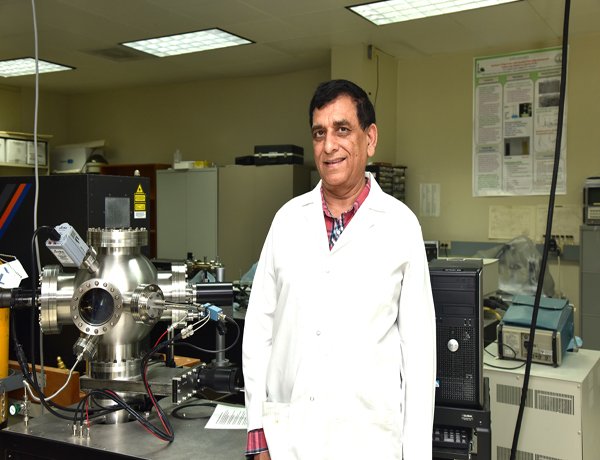
Synthesis of advanced high-purity materials is imperative for the industrial growth and development as such materials can be utilized in electro-optical nano-devices, photovoltaic cells, energy-storage devices and catalysts for green fuel synthesis. All these initiatives have a strong impact on the socio-economic growth of the country, especially for the Vision 2030.
Using elegant techniques like PLAL to synthesize high-purity novel nano-engineered possessing unique properties for various cutting-edge technologies including energy-harvesting, waste water treatment, energy storage and the development of 3rd-generation solar cells was main objective of this research project.
The other motives was that by using this project as a platform to achieve excellent scholarly outcomes such as PhD and MS students training(thesis) and the development of patented technologies as well as high-impact publications.
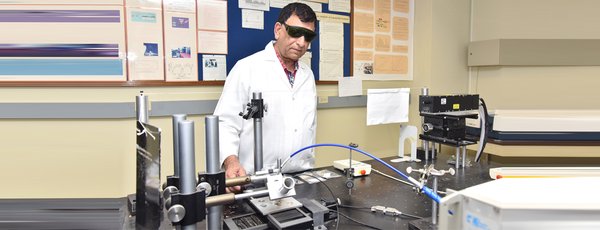
Basically, there are two novel methods to prepare nanostructured materials based on PLA. One is Pulsed laser deposition (PLD) for synthesis of thin films either in vacuum or in the presence of gas. The second is pulsed laser ablation to prepare nanoparticles in liquids. In Pulsed laser ablation in liquids (PLAL), a high power pulsed laser beam is focused onto a target inside a vacuum in liquid medium.
Pulsed Laser ablation (PLA) is a powerful technology for numerous applications, including micromachining, direct sample chemical analysis, and nano structure materials fabrication either films or nanoparticles. Today, one of the most important aspects of laser ablation is the formation of nano structured materials. Materials in nano scale exhibit physical properties distinctively different from that of bulk due to the number of surface atoms. Nanomaterials can be classified, according to the dimensionality, into one dimension (thin film), two dimension (nano wires, nano rods, nano tubes) and three dimension (nanoparticles).
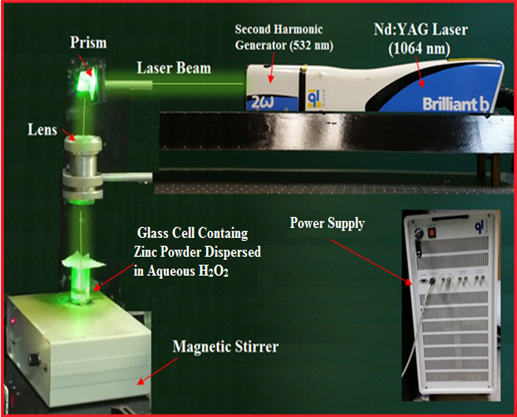
PLAL is a very novel technique to synthesize advanced, functional materials of high-purity such as pure and nano composites, nanoflowers, nanowires, nanocubes and quantum dots for numerous applications spanning the fields of renewable energy and sustainable resource management (clean water, clean energy, energy storage, solar cells). These novel materials of such high-purity cannot be synthesized using conventional wet-chemistry techniques due to its inherent limitations including the requirement of various chemical precursors and contaminations via chemical processing.
A recent application of laser ablation is the fabrication of nanoscale materials like nanoparticles, nanowires and nanotubes by PLA in liquids (PLAL). In this method a solid target is immersed in liquid medium and the laser beam is focused through the liquid onto the surface of the target. The unique features of this technique are:
· The production system does not require costly chambers and high-vacuum pumps.
· Pure nano-particles could be produced without the formation of by-products.
· Chemicals such as surfactants can be added to liquids to control the size and aggregation state of NPs by changing the surface charge of the nuclei.
· The entire product could be collected in solution, and the obtained colloid solution is very easy to handle.
· Preparation of well crystallized nanoparticles which could easily be obtained in one-step procedure without subsequent heat-treatments.
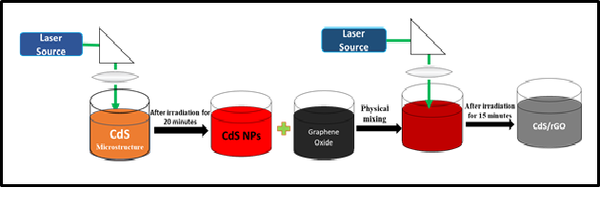
A pictorial view of the laser based setup for synthesis of nanoparticles using PLAL is depicted in the Fig. 1 below. A Q-switched Nd-YAG laser (Spectra physics Model GCR 100) operating at 355 nm wavelength using third harmonic generator will be employed as an excitation source.
A Typical example of preparation of CdS/rGO nano composite using novel PLAL technique is depicted in Fig.2.
The detailed description of such system could be found in the publications of principal investigator (Dr. M.A. Gondal) home page: (http://faculty.kfupm.edu.sa/Phys/magondal/ )
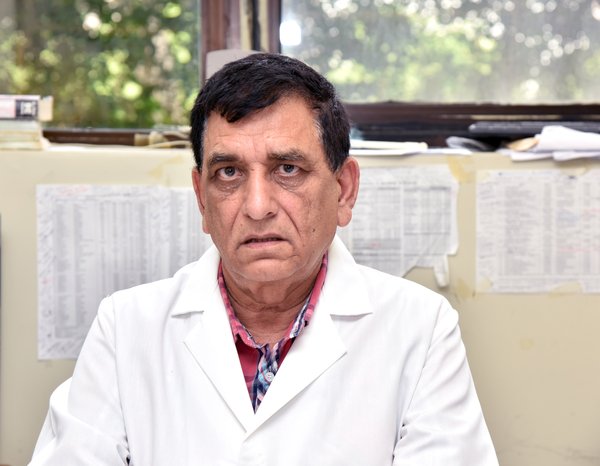
Professor Mohammed Ashraf Gondal is the coordinator of Laser Research Group at KFUPM. His research topics focus on applied physics including laser and their applications nanotechnology, biophysics, solar/renewable energy, environment protection & monitoring, sensors, CO2 reduction, hydrogen production, chemical science, waste water treatment, photocatalysis and spectroscopy.
He Won
the university’s “Excellence in Research” and “Distinguished Professorship”
Awards several times, and national and international awards for his research
work. He has Nine patents published by
USPTO.



